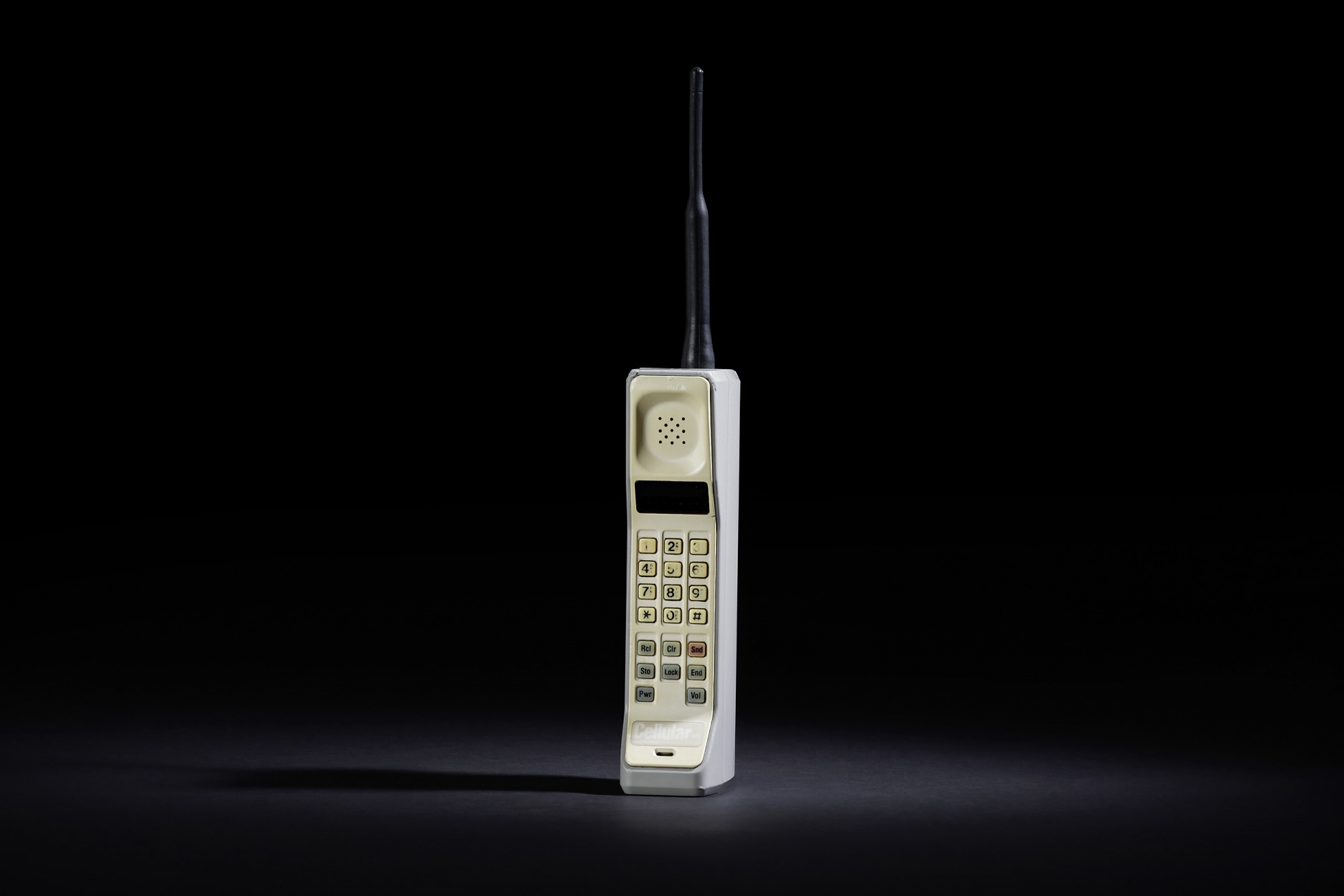The concept of a cellular phone can be traced back to 1947 when researcher Douglas H. Ring and engineer W. Rae Young at AT&T’s Bell Laboratories proposed dividing a city into small geographic areas, or cells, and having each cell equipped with its own low-powered transmitter/receiver.
The first commercially available cellular phone was the Motorola DynaTAC 8000X, also known as the “brick” phone, which was released in 1983. It weighed in at 2.5 pounds, had a price tag of $3,995, and offered only 30 minutes of talk time.
 |
| Motorola DynaTAC 8000X © Heinz Nixdorf MuseumsForum & Jan Braun |
Despite its limitations, the DynaTAC 8000X marked a turning point in the history of communication and the world has never been the same since. The introduction of the cellular phone allowed people to make and receive calls from virtually anywhere, paving the way for the current generation of smartphones that we all carry around in our pockets today.
The early years of cellular phones were characterized by large and bulky devices that were limited in their capabilities. Despite this, the demand for cellular phones skyrocketed and manufacturers were eager to meet this demand. Over the years, cellular phones have evolved into sleek and sophisticated devices that offer a vast array of features and capabilities, from voice calling to internet browsing, gaming, and even mobile photography.
Today, cellular phones are an essential part of our daily lives and have revolutionized the way we communicate, access information, and conduct business. Whether we’re catching up with friends and family, sending an email, or simply browsing the web, we rely on our cellular phones to keep us connected and informed.
As we look back on the birth of the cellular phone, it’s amazing to see just how far we’ve come and how this simple device has changed the world in so many ways. The future of cellular technology is sure to bring even more exciting innovations and advancements, and we can’t wait to see what’s next.
